The Davis Instruments Solar Radiation Sensor is designed for use with Vantage Pro and Vantage Pro2 weather stations. It comes included with the Vantage Pro Plus and Vantage Pro2 Plus models. This sensor is essential if you want to monitor evapotranspiration, along with an anemometer and a temperature/humidity sensor.
The solar radiation sensor accurately measures solar radiation, and its diffuser element and housing are carefully designed to provide an accurate cosine response. It features a silicon photo diode that matches the solar spectrum effectively. The two-piece housing design helps minimize radiation heating, allows for convection cooling of the sensor, and prevents the trapping of water or dust.
The sensor includes a built-in level and a 2′ (0.6M) cable for convenient installation. It is compatible with both the original Vantage Pro and Vantage Pro2 models. If needed, you can also consider purchasing a UV Sensor (#6490) and Sensor Mounting Shelf (#6673) for additional functionality.
Frequently Asked Questions
Q: Is this sensor compatible with the Vantage Pro and Vantage Pro2 weather stations?
A: Yes, the Davis Instruments Solar Radiation Sensor is compatible with both the original Vantage Pro and Vantage Pro2 models.
Q: What is the purpose of monitoring evapotranspiration?
A: Monitoring evapotranspiration helps in understanding the water loss from plants and soil, which is useful for agricultural, environmental, and irrigation purposes.
Q: Can I use this sensor to measure ultraviolet (UV) radiation?
A: No, the Davis Instruments Solar Radiation Sensor measures solar radiation but does not measure UV radiation. However, you can consider purchasing a UV Sensor (#6490) for measuring UV radiation separately.
Q: Does the sensor come with a cable for installation?
A: Yes, the sensor includes a 2′ (0.6M) cable, making it convenient for installation.
Q: How does the design of the sensor prevent the trapping of water or dust?
A: The two-piece housing design helps prevent the trapping of water or dust, ensuring accurate readings and reducing maintenance requirements.


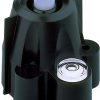
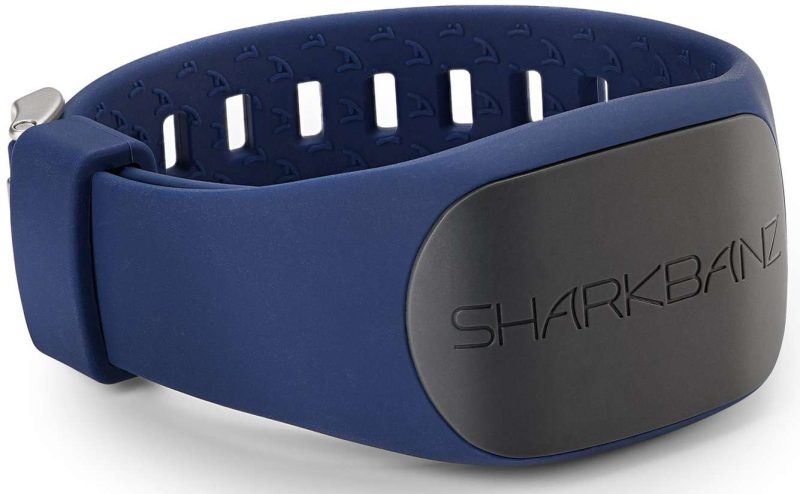
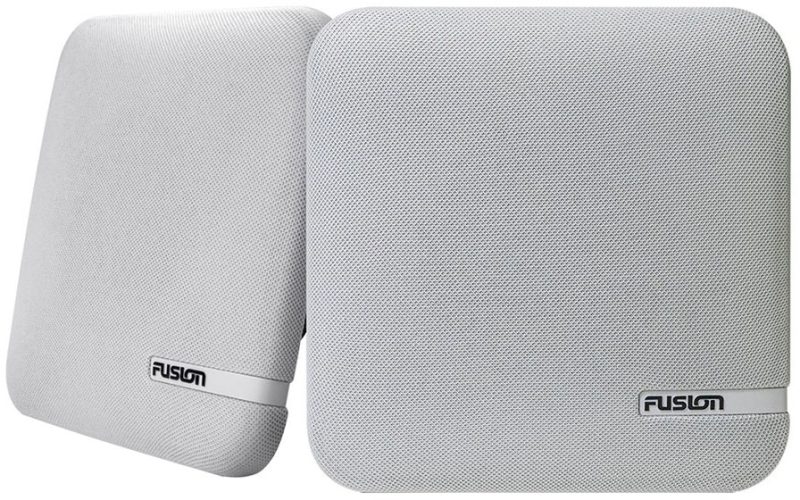

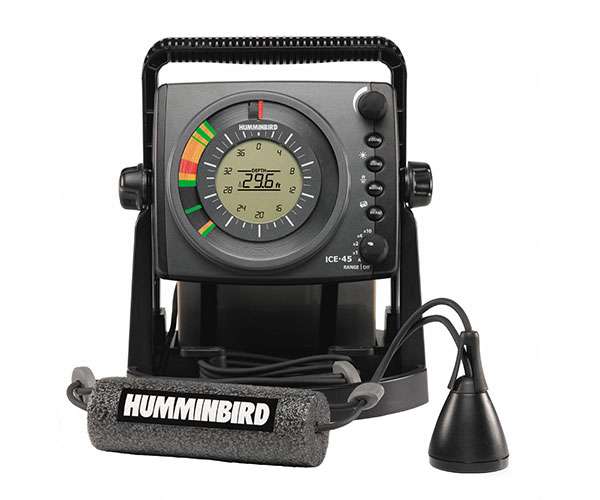
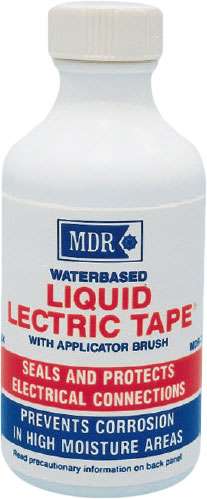
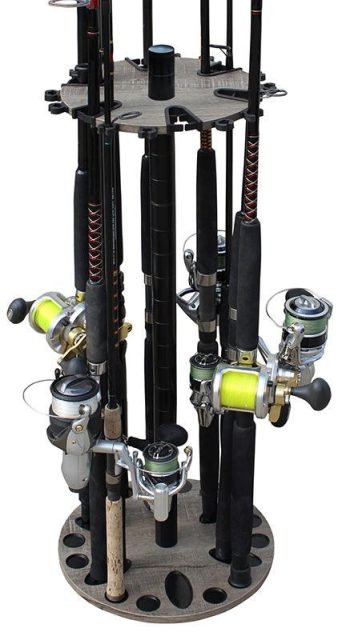
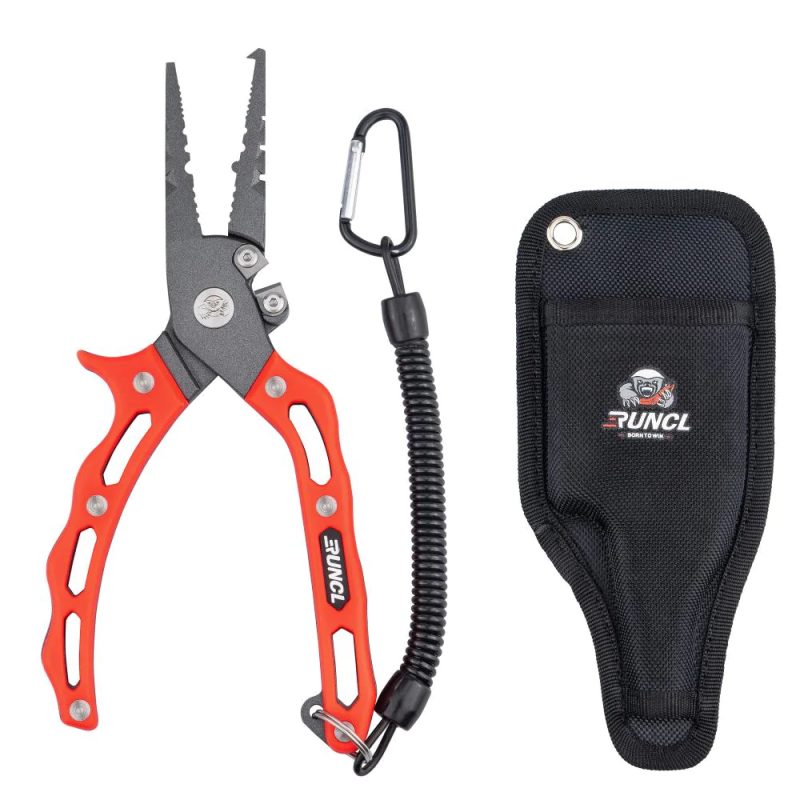
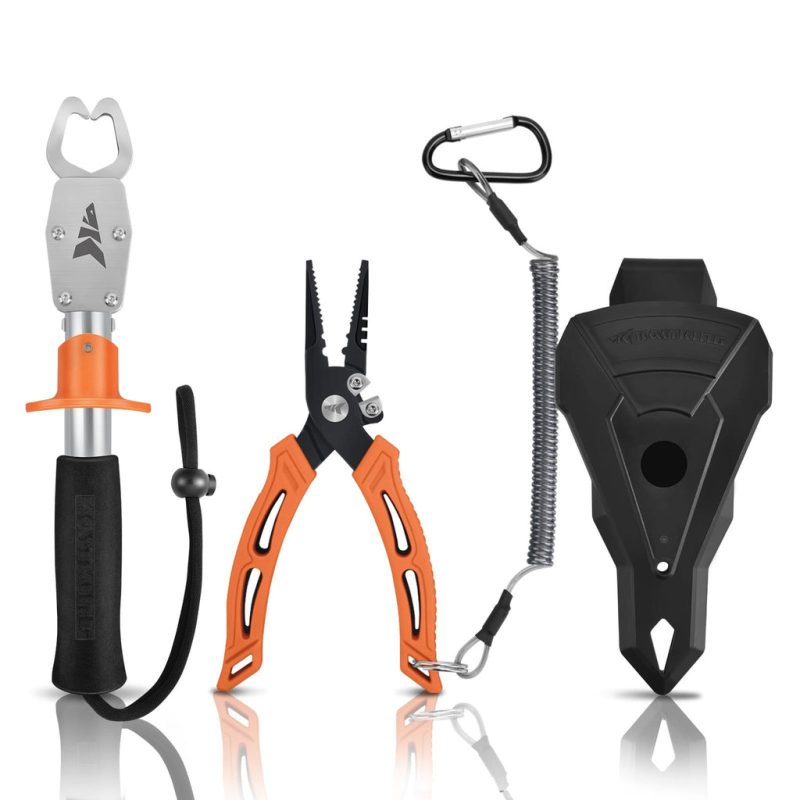
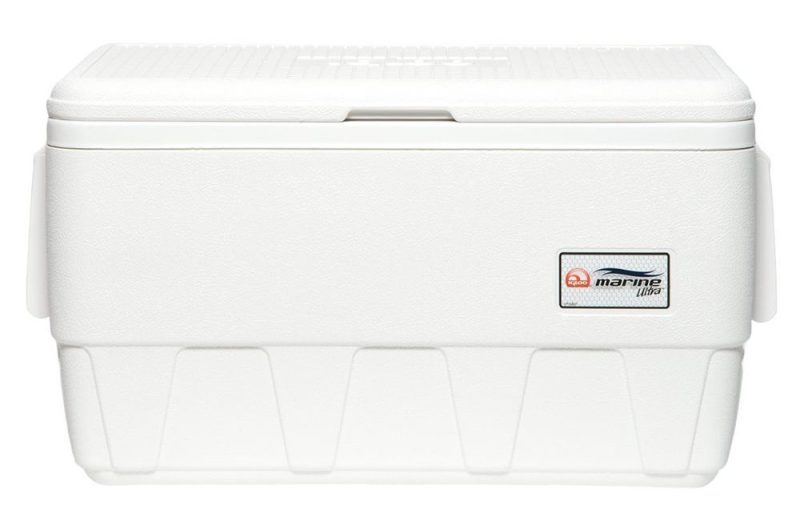

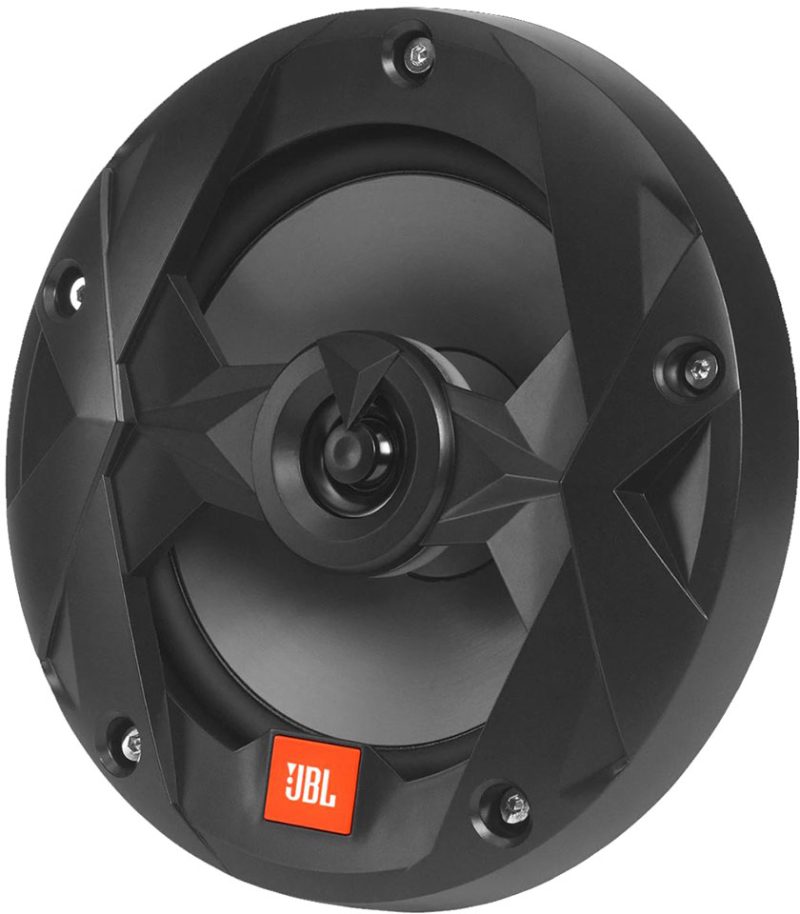
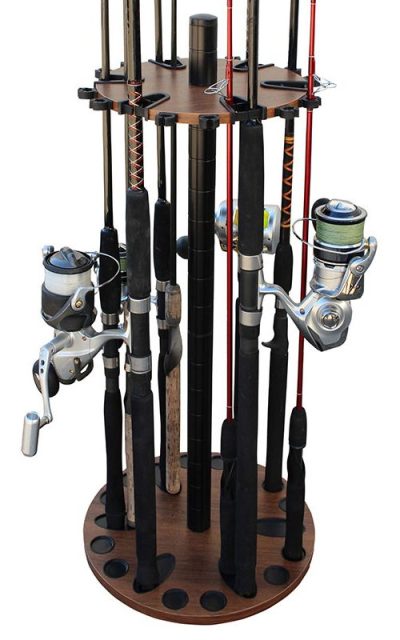
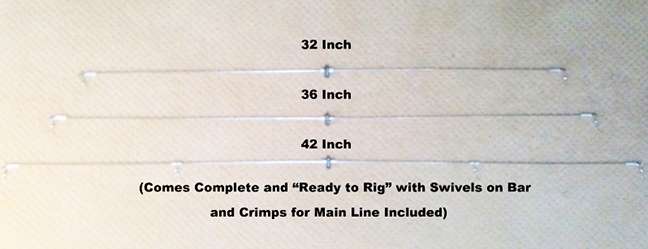
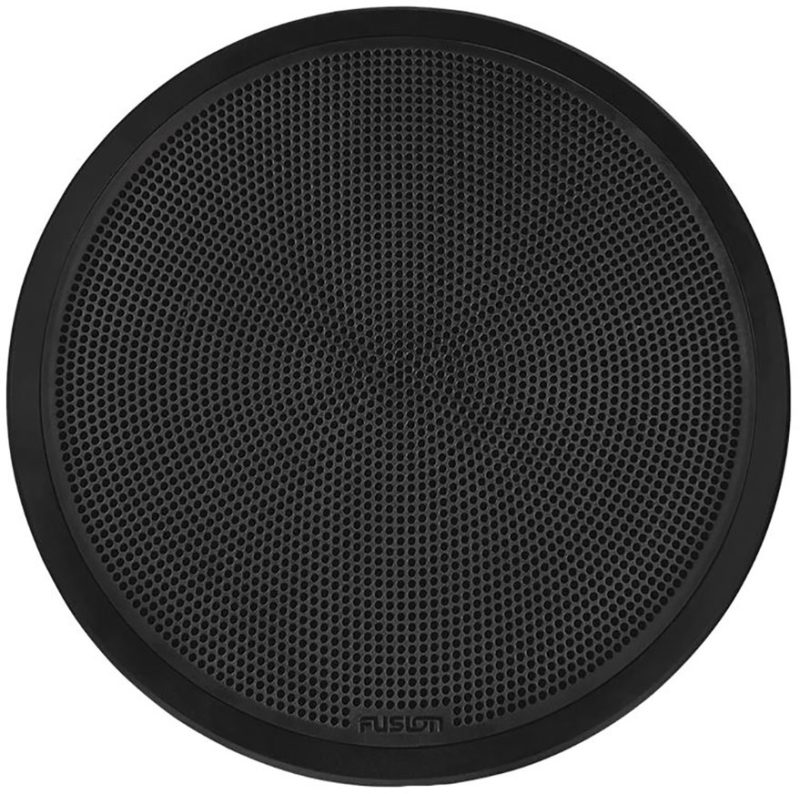
William –
Keren –
Filiberto –
Kristoffer –